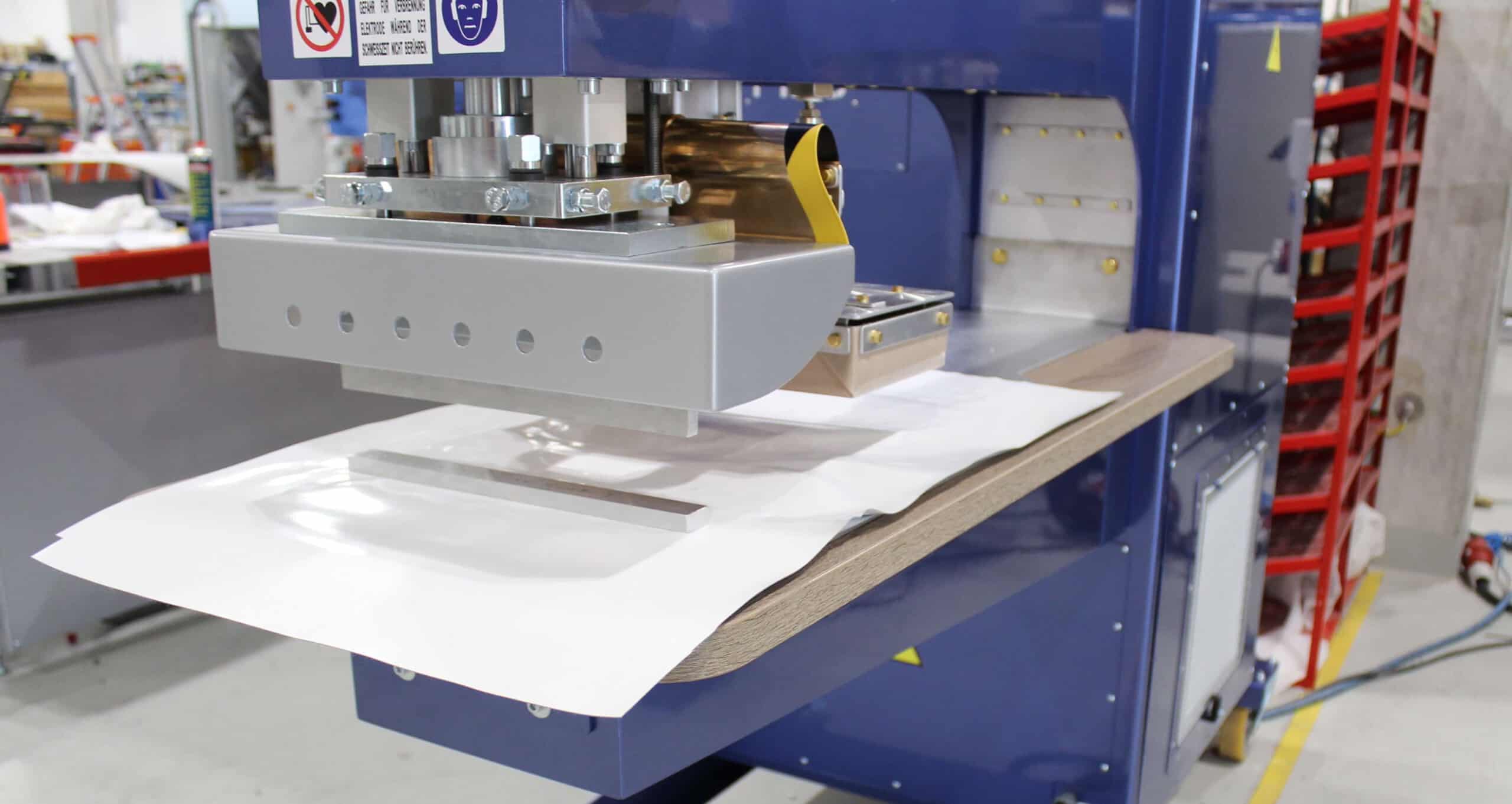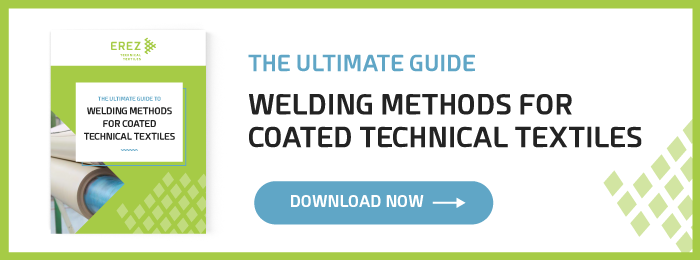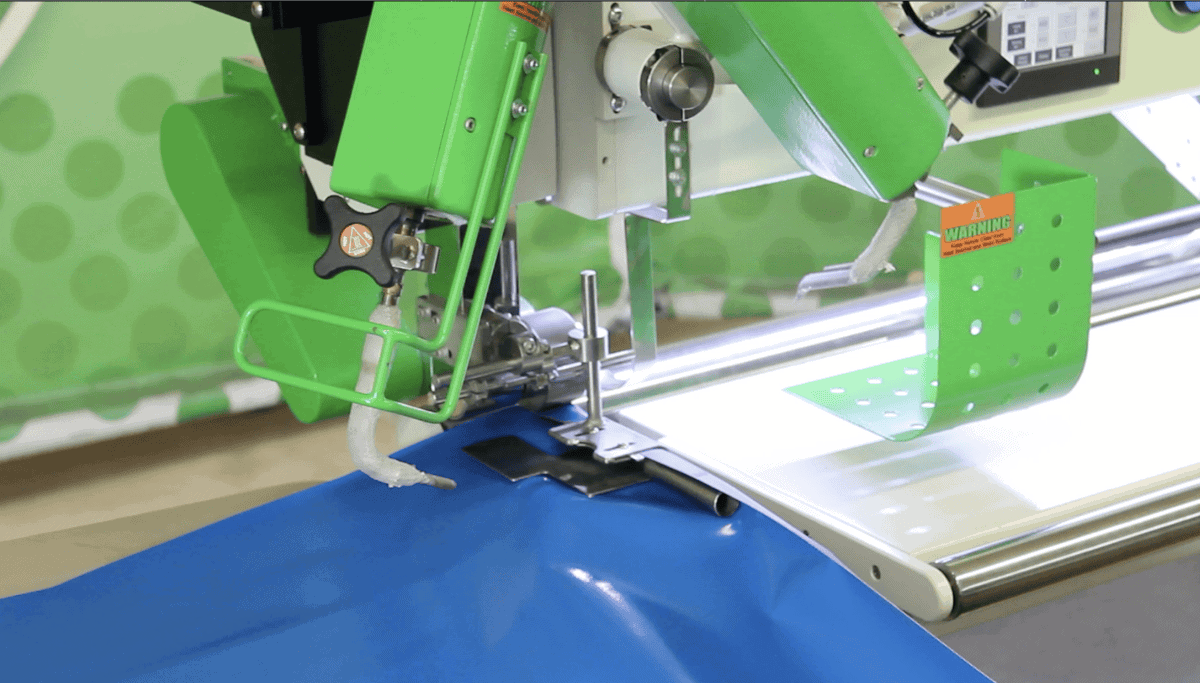
In the realm of coated thermoplastic products, the performance largely hinges on the bonding of the seams. Essentially, there are two primary methods for bonding seams – gluing and welding. While we have already compared these two methods in another article, this piece will concentrate specifically on welding thermoplastics. To lay the groundwork, let’s kick things off with a brief introduction to thermoplastics.
Understanding Thermoplastics
Thermoplastics,(thermoplastic polymers) in simple terms, are a type of plastic material that becomes pliable or moldable at a certain elevated temperature and solidifies upon cooling. This unique property allows thermoplastics to be repeatedly melted, reshaped, and cooled without significant degradation, making them an invaluable asset in numerous manufacturing processes.
There are various types of thermoplastics, each with their unique properties and applications. Some of the common types include Polyvinyl Chloride (PVC), Ethylene-Vinyl Acetate (EVA), and high-performing Thermoplastic Polyurethane (TPU). The choice of thermoplastic often depends on the intended application. For instance, EVA is valued for its flexibility and toughness. At the same time, TPU stands out due to its exceptional mechanical strength, elasticity and resistance to oil, grease, and abrasion, making it ideal for rigorous conditions.
But what truly sets thermoplastics apart is their significant role in manufacturing. Thermoplastics are crucial in the fabrication of products that require strict engineering, upon which life often depends. One example of such a product is inflatable boats, designed for safety and durability amidst harsh sea conditions. They’re also used in flexible pillow tanks for the storage of chemicals or drinking water, where the integrity and reliability of the material is paramount. These, among many others, demonstrate the versatility and importance of thermoplastics.
In the next sections, we’ll dive deeper into one specific application of thermoplastics, particularly relevant to manufacturers—welding.
Thermoplastic Welding
Welding of thermoplastics is a sophisticated process that involves using heat to fuse together two pieces of thermoplastic material. This method is recognized for its ability to produce a continuous weld, creating a single piece from two separate parts. The process not only enhances the mechanical strength of the final product but also ensures a high level of joint strength at the weld interface.
There are various methods of Thermo plastic welding technologies available for thermoplastics, each having its unique characteristics and benefits. The selection of the appropriate welding technology often depends on the specifics of the intended application, the base material performance, and the desired mechanical properties of the final product.
One of the primary benefits of welding thermoplastics is the consistent weld quality it ensures. Unlike other forms of joining materials, welding does not introduce foreign substances or materials. This means that the integrity and tensile strength of the thermoplastic polymer remain largely unaffected, resulting in a final product that is as strong, if not stronger, than the original parts.
The Role of Thermoplastic Welding in Manufacturing
The process of welding thermoplastics has revolutionized manufacturing, particularly in industries that require products with high tensile and joint strength. The ability to fuse thermoplastics together to form a continuous, solid piece has led to the creation of products that are not only robust but also reliable and long-lasting.
Let’s consider a few examples of how welding thermoplastics has improved manufacturing processes. Let’s take the example provided earlier – the production of inflatable boats used for rescue operations. Gluing seams of thermoplastics – the alternative to welding, does not provide the joint strength achieved by welding thermoplastics. Welding ensures that the boat holds up under extreme conditions to guarantee safety.
Furthermore, welding thermoplastics contributes significantly to maintaining product integrity. Due to the continuous weld achieved during the process, the risk of weak points or potential failures at the joints is minimized. This consistency ensures that the mechanical strength of the final product remains intact, and the product performs as expected throughout its lifespan.
In addition to product durability, welding thermoplastics also contributes to cost savings and efficiency in manufacturing. The process reduces the need for additional fastening materials and simplifies the overall production process, resulting in quicker turnaround times and lower costs.
Considerations When Choosing Thermoplastic Materials for Welding
When selecting thermoplastic materials for welding, it’s vital to consider several key factors to ensure optimal performance and longevity of the final product. Here are the most critical considerations:
Material Compatibility:
Not all thermoplastics are compatible with each other for welding. It’s crucial to choose materials that can bond effectively during the welding process. Material compatibility can significantly impact the strength of the weld joint and, consequently, the durability of the final product.
Product Application:
Each thermoplastic material has a unique set of properties making it suitable for specific uses. Understanding the product’s intended application – whether it’s meant for heavy-duty industrial use, exposure to harsh environmental conditions, or requires flexibility – can guide material selection.
Mechanical Properties:
The mechanical strengths, such as tensile strength and durability of the selected thermoplastic, plays a significant role in determining final product performance. Welded components often need to maintain their strength under pressure or weight, making the mechanical properties of the material a critical aspect to consider.
Cost Considerations:
It’s crucial to aim for the highest quality materials together with cost-efficiency alike. Manufacturers must balance the trade-off between the quality and the cost of the thermoplastics to ensure a productive manufacturing process while maintaining desired profit margins.
Supplier Selection:
Choosing a reliable supplier like Erez Thermoplastics can have a significant impact on your manufacturing process. Suppliers that provide high-quality materials, technical expertise, and excellent customer service can ensure you select the right thermoplastics for your specific needs.
By taking into account all these factors, manufacturers can make insightful choices that result in the creation of dependable, superior-performance products. So, turn to Erez Thermoplastics for the vital support and top-notch materials needed for your manufacturing necessities.
Share this Post




